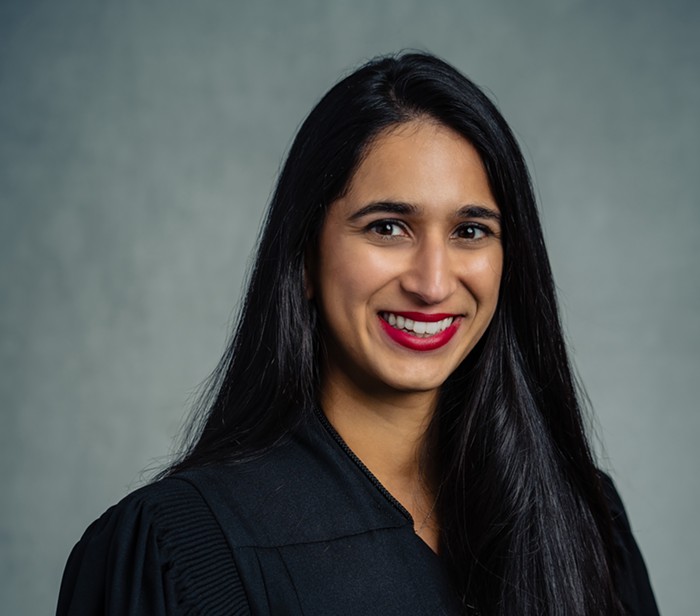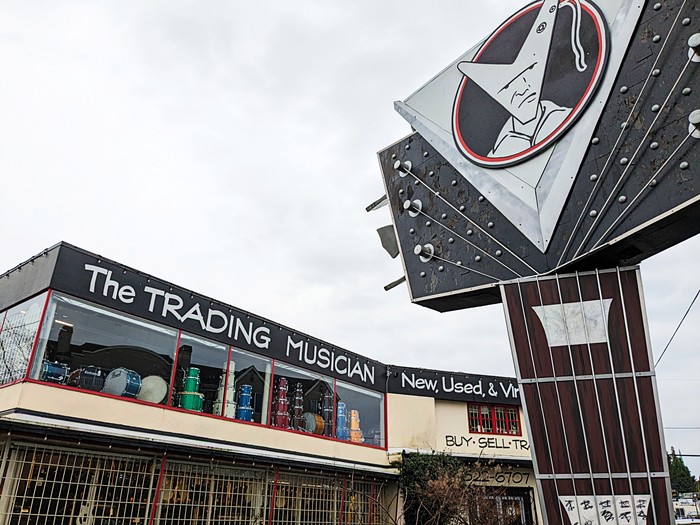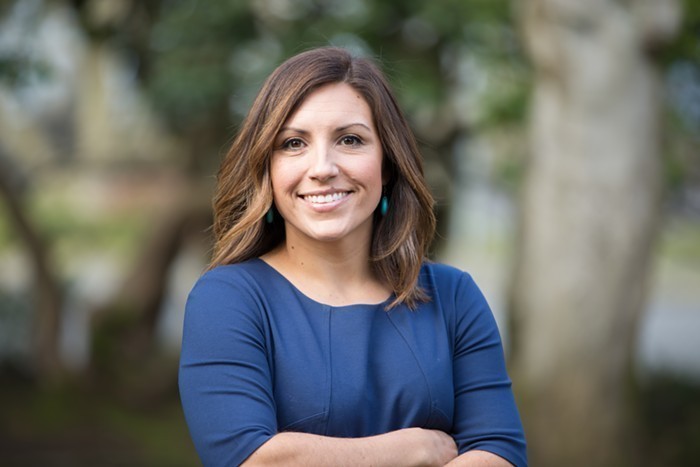On May 8, a mayor-appointed search committee will narrow 10 candidates to become Seattle police chief down to three finalists, one of whom will then be selected by Mayor Mike McGinn for the job. Currently, the list of candidates includes Spokane police chief Anne Kirkpatrick, who has a promising background in community policing and is strong on police accountability, and three Seattle Police Department (SPD) officers. Although Seattle interim police chief John Diaz is widely assumed to make it into the top three finalists, the Seattle Police Department won't comment on its internal candidates.
But in South Seattle, community leaders are commenting on what they want in their next police chief: a change of command.
"Things aren't working, and I don't think we're going to see changes if we stay with the current command staff," says Mariana Quarnstrom, president of the Southeast Seattle Crime Prevention Council. "We used to have partnerships with our local officers. They were accessible. They had follow-through. We need to go back to forging those partnerships in the community."
But leadership hasn't noticeably changed under Diaz since former police chief Gil Kerlikowske's departure last year for the Obama administration. Tom Acker, president of the Lakewood/Seward Park Community Club and creator of Safer Streets for South Seattle (a popular community-based program to improve public safety), says that he would have liked to see more from Diaz. "He's the only candidate who's had the opportunity to prove himself to Seattle residents," says Acker. "I would have liked to see him influence change in South Seattle."
Instead, Diaz's method of leadership for the past year appears to be stay the course, say residents of South Seattle, and that course isn't working.
Communication between SPD and neighborhoods has eroded over the past two years, according to residents. The Safer Streets for South Seattle program—which brought together the SPD, the city attorney's office, the juvenile court system, and public community advocates to address systemic crime—was cut after SPD adopted the citywide Neighborhood Policing Plan in 2008. Other neighborhood-initiated safety programs, such as the Georgetown Guardians, a mentoring program that kept track of convicted sex offenders, lost funding. Although the program wasn't affiliated with SPD, losing it cost residents their peace of mind during a time when formerly reliable SPD crime-update e-mails also stopped. Now, Quarnstrom says, residents often rely on rumors to get their local crime info. "They tell us to go look at the website," she says. "But there's nothing that pertains to our neighborhood—or what's there is six months old."
"We've had virtually no contact with SPD since moving to the South Precinct," confirms Holly Krejci, chair of the Georgetown Community Council. She says that residents don't know whom to contact at SPD for news, information, or nonemergency help. Half joking, Krejci says residents are reduced to following police cars to crime scenes to get reliable information about local crime—then she cites a few examples of this actually happening. "The point is, we feel completely isolated," she says.
So what might a change in command look like? Candidate Rick Braziel, the chief of police in Sacramento, California, literally wrote the book on effective neighborhood policing, COP Talk: Essential Communication Skills for Community Policing. Candidate Ronald Davis, chief of police in East Palo Alto, California, helped reduce his city's homicide rate by 29 percent by partnering with the state prison system to craft a prison parolee reentry program (Davis is also one of two finalists for the New Orleans chief of police position). And Anne Kirkpatrick, chief of police in Spokane, Washington, redesigned her department's website to promote accessibility and community input.
Which is one of the reasons Quarnstrom is rooting for Kirkpatrick—her strong record of initiating community policing.
"If you look at the Spokane Police Department's webpage compared to ours, it's almost laughable," says Quarnstrom. "You can tell they really want their community to use it as a resource." She also cites Kirkpatrick's record: She has pushed for state legislation to hold police officers accountable for telling the truth and exposed malfeasance in her own department.
For its part, SPD has argued that community policing is under way and it is working to increase patrols in the South Precinct. The city's 2008 Neighborhood Policing Plan, the brainchild of Deputy Chief Clark Kimerer, redistributed workloads throughout Seattle, freeing up officers to reinvest in their patrol beats. SPD, perhaps reflecting the inaccessibility these residents have felt, did not respond to numerous requests to comment. Along with Diaz and Kimerer, Assistant Chief Jim Pugel, who heads SPD's Investigations Bureau, is also a police chief candidate.
Quarnstrom, like many South Seattle residents I spoke with, has nothing critical to say about interim police chief Diaz or SPD's other internal candidates. But she says it's hard to get excited about candidates who display an apparent lack of interest in a part of the city that is actively seeking to collaborate with police.
The final decision rests largely with Mayor McGinn—followed by confirmation by the city council—who may be particularly responsive to these community leaders. After all, McGinn won the election, in part, by focusing his campaign in South Seattle with regular town halls and contact with residents—exactly what those leaders want from the next police chief. ![]()


















